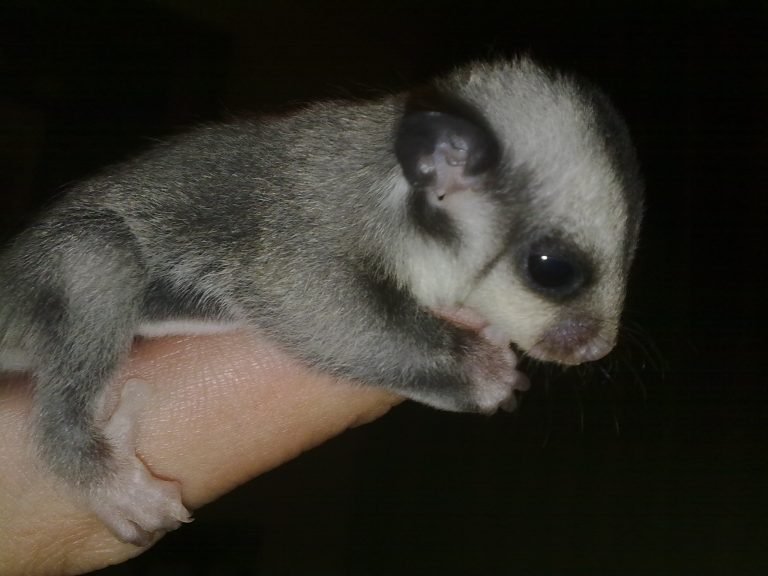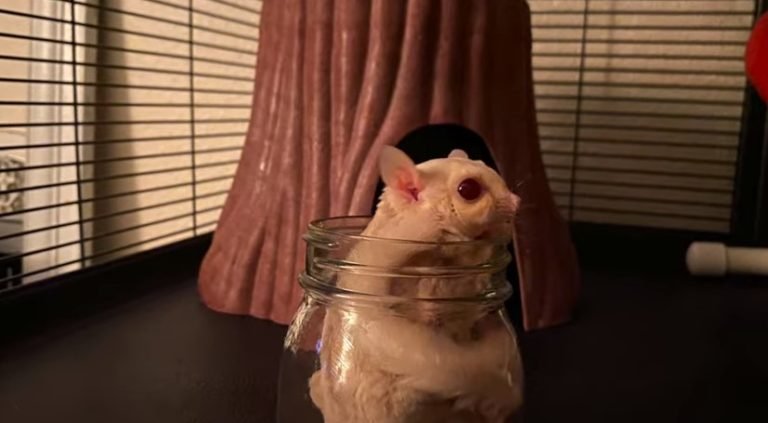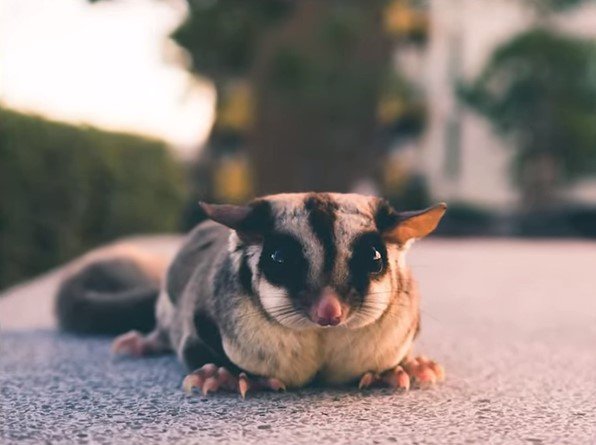How Long Do Sugar Gliders Live As Pets
How Long Do Sugar Gliders Live as Pets?
If you’re considering getting a sugar glider as a pet, one of the essential things to consider is their lifespan. After all, bringing a pet into your life is a long-term commitment, and you want to ensure that you’re prepared to care for them throughout their life. So, the burning question is, how long do sugar gliders live as pets?
The lifespan of a sugar glider can vary depending on various factors, including their diet, environment, genetics, and overall care. On average, sugar gliders live for about 10 to 15 years, although some individuals have been known to live well into their 20s with proper care. Let’s explore the factors that can influence their lifespan and what you can do to ensure their wellbeing.
Factors Affecting Sugar Gliders’ Lifespan
1. Diet
The diet of a sugar glider plays a crucial role in determining its overall health and lifespan. In the wild, these small marsupials feed on a variety of foods, including fruits, nectar, sap, insects, and even small vertebrates. As pets, it’s important to replicate their natural diet as closely as possible. A balanced diet for a sugar glider includes fresh fruits, vegetables, protein sources (such as gut-loaded insects or cooked lean meats), and a small amount of low-calcium, high-protein pellet food designed for sugar gliders.
2. Environment
Sugar gliders are highly active and require ample space to glide, climb, and explore. Providing them with a suitable and enriching environment is vital to their physical and mental well-being. A large cage with plenty of branches, perches, and toys for stimulation is essential. Additionally, sugar gliders are sensitive to temperature extremes, so it’s crucial to keep their environment within a comfortable range.

3. Socialization
Sugar gliders are social animals that thrive on companionship. Keeping a single glider without any interaction can lead to stress, depression, and a shorter lifespan. It is recommended to have at least two sugar gliders to provide them with the companionship they need. However, proper introductions and compatibility should be considered before housing them together.
4. Veterinary Care
Regular veterinary care is crucial for ensuring the well-being and longevity of your sugar glider. Find a veterinarian who specializes in exotic animals and schedule routine check-ups to monitor their health. Annual physical exams, fecal testing, and dental care are all essential aspects of their veterinary care.
Providing Optimal Care for your Sugar Glider
Now that we’ve discussed the factors that can influence a sugar glider’s lifespan, let’s delve into some tips to ensure you’re providing them with the best possible care:
1. Proper Diet
Offer a balanced diet that replicates their natural feeding habits. This includes a mix of fresh fruits, vegetables, protein sources, and a small amount of specialized pellet food. Avoid feeding them foods that are toxic to sugar gliders, such as chocolate, caffeine, and foods high in sugar or salt.
2. Safe and Stimulating Environment
Create an enriching environment for your sugar glider by providing a spacious cage with plenty of toys, branches, and climbing structures. Ensure their living space is safe, free from hazards, and at an appropriate temperature range (between 70-90°F or 21-32°C).
3. Socialization and Bonding
As highly social animals, sugar gliders thrive on interaction and companionship. Spend quality time with your gliders, allowing them out-of-cage time for supervised play and bonding. If you have a single glider, consider getting a compatible companion to prevent loneliness and promote well-being.
4. Regular Veterinary Check-ups
Schedule routine veterinary visits to monitor your glider’s health. Look for a veterinarian with experience in exotic animals and ensure proper vaccinations, parasite prevention, and dental care are provided. Regular check-ups can catch any potential health issues early on and ensure appropriate treatment.
Frequently Asked Questions
Q: Can sugar gliders live longer than 15 years?
Yes, with proper care and a healthy lifestyle, sugar gliders can live beyond 15 years. There have been recorded cases of sugar gliders reaching their 20s and even early 30s. However, 10-15 years is the average lifespan for a pet sugar glider.
Q: Are there any health issues specific to sugar gliders?
While sugar gliders are generally hardy animals, they can be prone to certain health issues like dental problems, obesity, calcium deficiency, and parasites. A proper diet, regular vet check-ups, and a clean living environment can help prevent and address these issues.
Q: Can I release my sugar glider into the wild?
It is not recommended to release a pet sugar glider into the wild. Domesticated sugar gliders are not equipped with the necessary survival skills to thrive in the wild. Additionally, releasing a pet into a non-native habitat can disrupt the local ecosystem.
Final Thoughts
In conclusion, the average lifespan of a sugar glider as a pet is around 10 to 15 years, but with proper care, they can live even longer. By considering their diet, environment, socialization, and veterinary care, you can help ensure a happy and healthy life for your sugar glider companion. Remember, committing to a pet’s well-being is a long-term responsibility, so make sure you’re ready for the journey.







